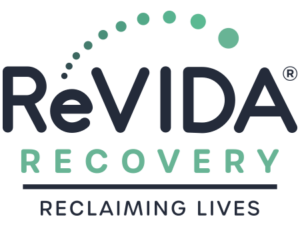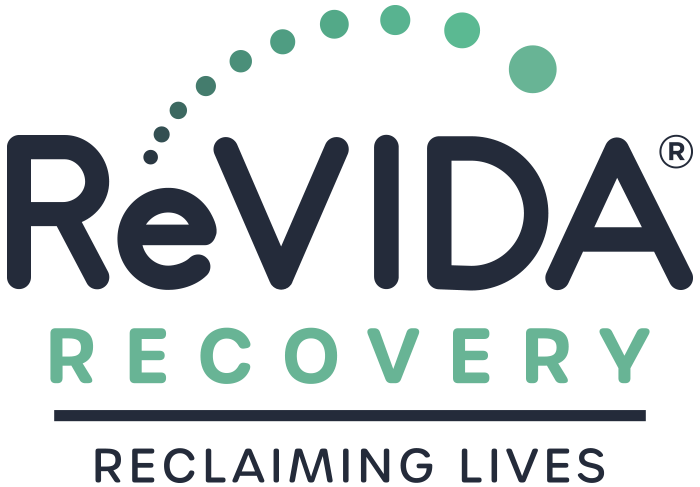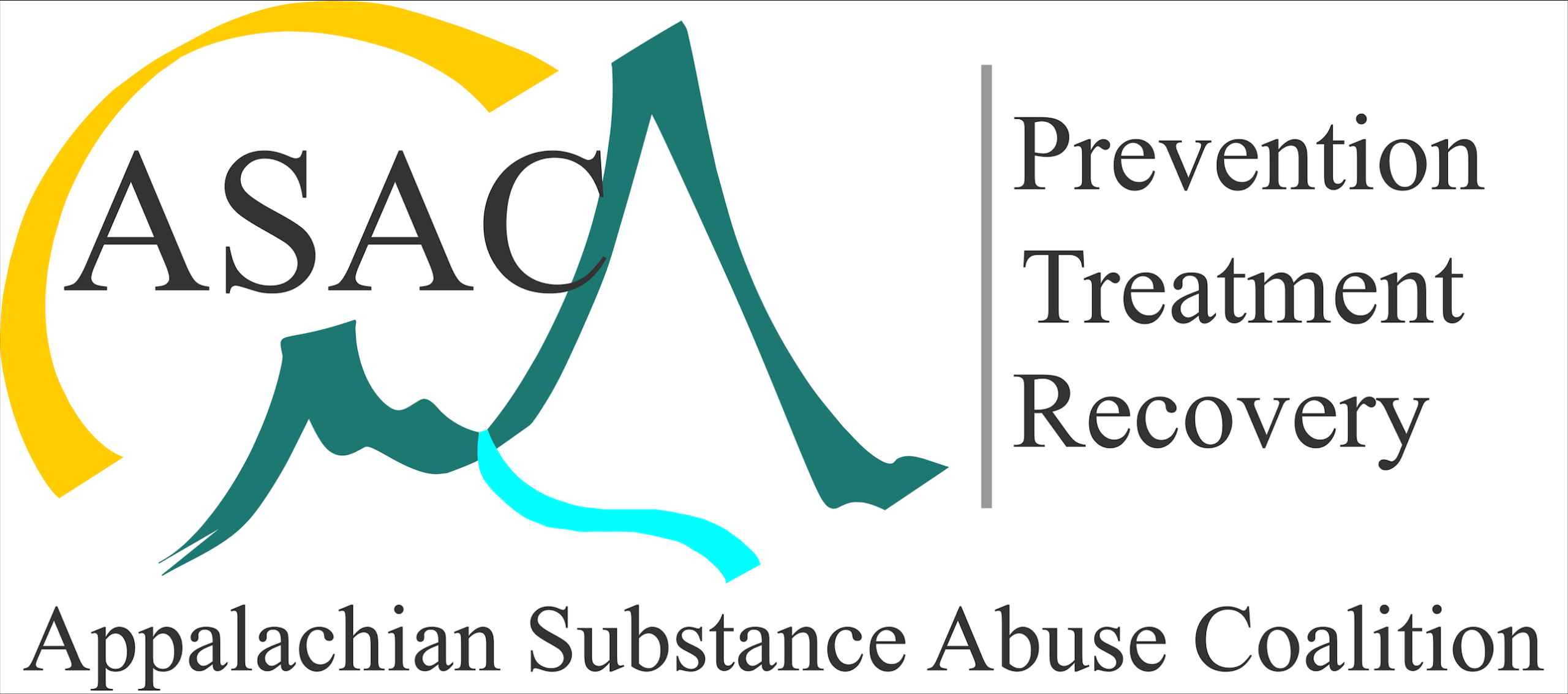
Opioid withdrawal symptoms can be severe for some people. When someone has the motivation to stop taking opioids, the withdrawal symptoms can often cause them to return to their drug of choice. Buprenorphine (Suboxone®) was developed to ease these uncomfortable symptoms and propel people into recovery.
At ReVIDA Recovery®, we’ve seen buprenorphine (Suboxone®) work wonders for many. This is a medication that is FDA-approved for opioid use disorder (OUD). When taken under quality clinical care, this medication can diminish both withdrawal symptoms and cravings in our patients – all while preventing things like overdose and relapse.
Table of Contents
What is Buprenorphine (Suboxone®), and How Does It Work?
Buprenorphine (Suboxone®) works by binding to the same receptors in the brain that other opioids bind to. For example, if your drug of choice has been heroin, buprenorphine (Suboxone®) is going to activate the same part of the brain – “tricking” your mind into thinking it’s getting what it needs.
Buprenorphine (Suboxone®) isn’t as strong as other opioids, and its effects are limited. It will produce a “mild” high, but nothing like what happens when you take morphine, fentanyl, or heroin. This medication has a “ceiling effect”, meaning its effects will level out after a certain dose. It also works to block other opioids or opiates, meaning you won’t feel the effects from things like heroin or fentanyl (should you take it).
Buprenorphine (Suboxone®) also works to prevent relapse and overdose. Relapse is common in the early days of recovery when withdrawals become too severe. When individuals have relief from the withdrawal symptoms, they’re less likely to relapse. Relapse, especially after a time in recovery, can be dangerous. The body no longer has the same tolerance for opioids. Overdose is common when an individual tries to take the same dosage they took before they began their healing journey.
Partial opioid agonists like buprenorphine (Suboxone®) are a good first step into recovery. They decrease your discomfort, leaving you free to focus on things like therapy, planning the future, and cultivating healthy coping mechanisms.
When taken alone, buprenorphine (Suboxone®) isn’t as effective for long-term recovery as when it’s taken with other forms of treatment. We recommend that you use buprenorphine (Suboxone®) as a tool to move you forward and out of opioid use.
Are There Any Side Effects of Suboxone®?
Some of the buprenorphine (Suboxone®) side effects are similar to what you’ll experience with all opioids. These commonly shared side effects include:
- Dizziness
- Gastrointestinal discomfort (diarrhea, nausea, constipation, vomiting)
- Fatigue
- Trouble concentrating
- Trouble sleeping
- Tachycardia or bradycardia
- Tongue or mouth numbness
- Respiratory issues
Most of these side effects are mild and they’ll go away with time. When you’re taking buprenorphine (Suboxone®) under a doctor’s care, they can help you with any side effects.
An unfortunate but avoidable side effect of buprenorphine (Suboxone®) is that it can be considered “addictive” if not taken correctly. If it’s prescribed but you’re taking too much or not following your doctor’s orders, you can become dependent on it.
If you’re new to recovery, it can be difficult to manage prescribed medications on your own. This is normal, and it might be difficult for a while. ReVIDA Recovery® has several treatment options that can help you through these first few steps.
Mixing Buprenorphine (Suboxone®) with Alcohol
If you’ve been prescribed buprenorphine (Suboxone®), it’s important to remember that it should never be mixed with alcohol. Both alcohol and buprenorphine (Suboxone®) act as nervous system depressants, so when you take them together, you’re risking respiratory depression.
How Much Suboxone Should I Take?
Always take buprenorphine (Suboxone®) exactly as prescribed. Your doctor will know your history and how your body reacts to medication like this. Taking more or less of this medication can jeopardize your recovery or put you at risk for health complications.
Common buprenorphine (Suboxone®) dosages include:
- 2 mg buprenorphine and 0.5 mg naloxone
- 4 mg buprenorphine and 1 mg naloxone
- 8 mg buprenorphine and 2 mg naloxone
- 12 mg buprenorphine and 3 mg naloxone
For this medication to work properly, you’ll need to communicate with your prescribing physician or clinician. Adjustments are sometimes needed, and your physician will know whether or not you should be decreasing or increasing your Suboxone® dose. Always tell your doctor about any side effects you’re experiencing, as well as whether or not the medication is working for you.
Remember: buprenorphine (Suboxone®) isn’t going to make you feel the way opioids made you feel. Taking more of it will not create a stronger high. Talk to your doctor if you’re having a hard time controlling your intake of this medication. They can help you find a schedule that works.
Do I Need Treatment for a Buprenorphine (Suboxone®) Addiction?
It’s possible to form an addiction to buprenorphine (Suboxone®), especially when taken outside of a doctor’s instructions. If this happens, there are still many roads to recovery.
A buprenorphine (Suboxone®) addiction might look like taking more of your prescription than directed. You could find yourself lying to your doctor about how much you’re taking. You may also find it hard to focus on anything other than your next dose. Similar to other opioids, an addiction to buprenorphine (Suboxone®) could begin to cause social, work, or family problems. If you think you might be becoming addicted to buprenorphine (Suboxone®), it might be time to seek Suboxone® addiction treatment.
What Does OUD Treatment Look Like at ReVIDA Recovery®?
If you or someone you love has fallen victim to the nationwide opioid epidemic, you’re not alone. Finding yourself caught in the manipulative cycle of a substance use disorder doesn’t mean your life is over. Far from it. People recover and go on to lead happy, healthy lives after addiction treatment. We can help you reclaim your life with the following treatment options:
Structured Outpatient Treatment
The ReVIDA® Outpatient program is a flexible and structured treatment. Our evidence-based scientific treatment includes individual and group therapy, education classes, and 12-step meetings. Also, we help connect you to resources and community partners who have joined together to assist your extended support team during treatment.
Medication-Assisted Treatment (MAT)
Discontinuing opioid use is one of the most difficult challenges you will experience. Choosing a MAT program means choosing support. We’ll work to decrease any withdrawal symptoms and make your recovery as comfortable as possible. Our MAT program is supervised by physicians, licensed therapists, certified counselors, care coordinators, and peer recovery specialists to oversee your progress and health – every step of the way.
Counseling and Group Therapy
We believe that providing individual and group therapy is a critical component of assisting patients as they navigate the road to long-term recovery. From the moment you begin treatment, you will discover that we offer a safe and supportive place to talk and learn the necessary skills that will support long-term recovery and a healthy lifestyle. Our behavioral healthcare team is composed of licensed therapists, certified counselors, care coordinators, and peer recovery specialists who are ready to guide and support you all along the way.
To learn more about treatment for opioid use disorders at ReVIDA Recovery®, call us today at 423-631-0432 so we can help you reclaim your life!
FAQs About How Much Suboxone Should I Take
How long does buprenorphine (Suboxone®) block opiates?
Buprenorphine (Suboxone®) usually blocks the effects of other opioids/opiates for about 24 hours, but for some people, it can work for up to 60 hours.
Does buprenorphine (Suboxone®) show up on a drug test?
Sometimes yes and sometimes no. A 2012 urinalysis study showed that only about 55% of tests pick up traces of buprenorphine for those who are taking it for opioid cessation maintenance. When it’s detected, it’s usually because an employer is testing for buprenorphine specifically. Standard drug tests (from employers) are looking for things like methadone, cocaine, marijuana, and opioids like oxycodone (OxyCONTIN®).
How long should you wait before taking buprenorphine (Suboxone®)?
It’s recommended that you wait 24 hours after your last dose of another opioid before taking buprenorphine (Suboxone®).










